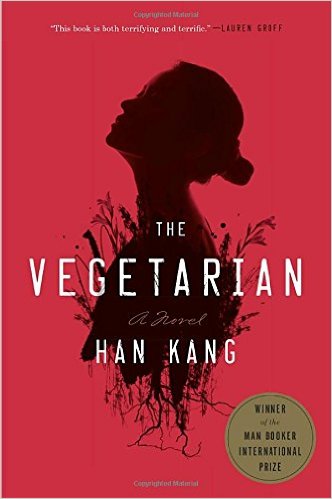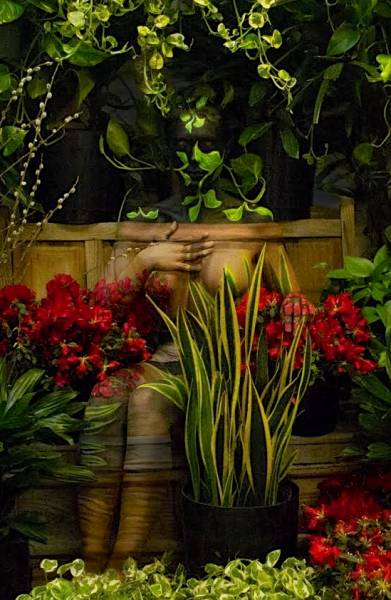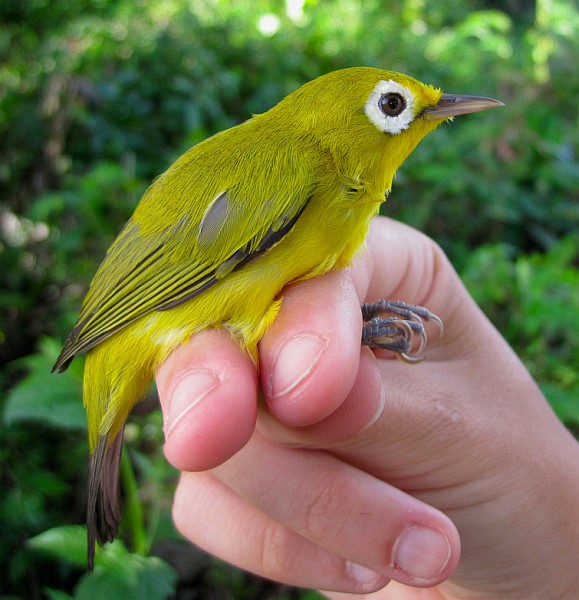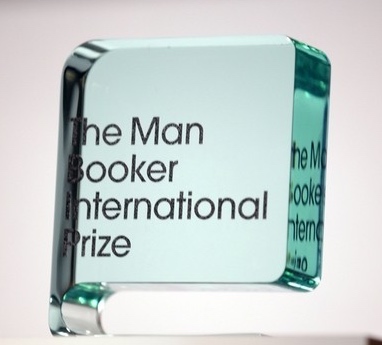Note: Korean author Han Kang was WINNER of the Man Booker International Prize for this novel in 2016.
“I had a dream….Dark woods. No people. The sharp-pointed leaves on the trees, my torn feet. This place, almost remembered, but I’m lost now. Frightened. Cold. Across the frozen ravine, a red barn-like building. Straw matting flapping limp across the door. Roll it up and I’m inside, it’s inside. A long bamboo stick strung with blood-red gashes of meat…and no exit.”—Jeong-hye, wife of Mr. Cheong.
 Powerful, dramatic, and psychologically unsettling, author Han Kang’s prizewinning novel delves into the inner lives, the secret goals, the hidden fears, and the mysterious dreams, of three members of one Korean family. These family members – a young woman who has decided to become a vegetarian; her successful, married sister; and her sister’s artist husband – each become the intense focus of their own section of the novel, allowing the reader to share that person’s thoughts and motivations from the inside. At the same time, the characters appear and reappear in each other’s sections, providing new information so that the reader sees each person interacting with others – a clever technique which makes it possible for the reader to observe the characters from the outside. Starting simply, with the introductory story of “The Vegetarian,” Han Kang introduces Mr. Cheong, a dull man who has always chosen “the middle course” in his life, avoiding the beautiful, intelligent, or sensual daughters of wealthy fathers because “they would only have served to disrupt my carefully ordered existence.” It is only natural, then, that he would decide to marry Yeong-hye, “the most run-of-the-mill woman in the world,” a young woman who works part-time, filling in the words to speech bubbles for a comics publisher.
Powerful, dramatic, and psychologically unsettling, author Han Kang’s prizewinning novel delves into the inner lives, the secret goals, the hidden fears, and the mysterious dreams, of three members of one Korean family. These family members – a young woman who has decided to become a vegetarian; her successful, married sister; and her sister’s artist husband – each become the intense focus of their own section of the novel, allowing the reader to share that person’s thoughts and motivations from the inside. At the same time, the characters appear and reappear in each other’s sections, providing new information so that the reader sees each person interacting with others – a clever technique which makes it possible for the reader to observe the characters from the outside. Starting simply, with the introductory story of “The Vegetarian,” Han Kang introduces Mr. Cheong, a dull man who has always chosen “the middle course” in his life, avoiding the beautiful, intelligent, or sensual daughters of wealthy fathers because “they would only have served to disrupt my carefully ordered existence.” It is only natural, then, that he would decide to marry Yeong-hye, “the most run-of-the-mill woman in the world,” a young woman who works part-time, filling in the words to speech bubbles for a comics publisher.
For five years the marriage works. Then one morning, he wakes up and discovers Yeong-hye in the kitchen, surrounded by black trash bags and empty plastic containers. She has spent the entire night removing every piece of meat, fish, and poultry from the refrigerator and freezer. Her only explanation is that she has had a dream, one so powerful that she now declares that she is a vegetarian, and she will no longer allow any animal products in the house. Her new commitment raises havoc the next night when, refusing to wear leather shoes because leather is an animal product, she accompanies her husband to an important business dinner – twelve courses of specially prepared, exotic food, nearly all of which involve meat, chicken, and fish. She eats only the rice, leaving her husband humiliated and fearful that her “performance” at the dinner will affect his chances for promotion.
For much of this introductory section, Han Kang keeps the mood light. Those who know the inoffensive Yeong-hye cannot believe that she would make such a life-changing decision, leading to ironic scenes among friends and family. Spot-on descriptions by the author add to the atmosphere of fun in the style of a light-humored entertainment and mild satire. Halfway through this section, however, the atmosphere becomes more sinister, and the story takes on a much darker tone. Over time, Yeong-hye becomes dangerously thin and sometimes refuses to eat anything at all, vegetarian or not. Mr. Cheong finally decides to call in her family for help. As they become more directly involved, they hint of past problems between Yeong-hye and her parents. Violence intrudes unexpectedly, and the reader realizes that Yeong-hye’s vivid nightmares, conveyed in italics throughout the section, are certainly no laughing matter.

Yeong-ho uses body painting of nature to allow a person to blend into the environment. Then he decides to expand that vision.
The second section, “Mongolian Mark,” is the story of Yeong-hye’s brother-in-law, an artist married to In-hye, sister of vegetarian Yeong-hye. A successful woman in business, In-hye worked part-time even after the birth of her much-loved son, and at his third birthday, she went back to her shop, full-time, growing and promoting it. Her husband, Yeong-ho, an artist, stays at home to care for their son, enabling him to have the artistic freedom to direct and create original videos in his spare time. Though he has been lacking inspiration for several years, he has recently found a new interest which greatly excites him – painting nude women – literally. Covering their entire bodies with painted blossoms and vines, he then poses them so that they look as if they are part of a jungle scene, as if plants and body have become one. He is anxious to make a video using these ideas, and responds with unexpected enthusiasm when his wife asks him if he will check in on her sister, Yeong-hye, who has been going through a difficult time. He is thinking that Yeong-hye might be a good model for the video he dreams about.

In-Hye spends much time taking a bus hrough the city in order to care for family members while also running her business.
The final section, “Flaming Trees,” is In-hye’s story. By now the reader knows her sister, Yeong-hye, the vegetarian, and In-hye’s husband, the artist/video creator, and with each of these sections the family dynamics become more complicated. Each person feels called to do something which will make his/her life more satisfying, but always at a cost. In this section, we learn of In-hye’s courtship and marriage, and her husband’s belief in her “goodness, stability, and calm,” yet she is now nearing the point of exhaustion, working full-time, trying to be a peace-maker within the family, caring for ailing family members, and attending to her son while her husband is working on his new video project. This section pulls together all the thematic and narrative threads. Most of the unanswered questions about the characters and their lives, which pervade the novel, are answered, in part, in this section.
Han Kang asks and illustrates many basic questions about who we are as humans, who we are in relation to the outside world, and how much control we have over our lives. Yeong-hye is concerned about eating animals; Yeong-ho, the artist, sees truth in art, in which he wants to use the human form, but he also has some personal motivations that make the reader question his higher goals; and In-hye, the businesswoman and mother, wants to fix whatever she can in the broken lives of the people she knows and loves, though she has been responsible for some of their problems. Where the novel excels is in its ability to create psychologically rich characters who do not fit molds – people who do what feels right to them at the time, often make mistakes, and then have to live with the results, for better or worse – usually the worse. Unsettling and sometimes overwhelming.
Photos, in order: The author’s photo appears on http://www.ctvnews.ca/
The little white-eye bird, about the size of a sparrow, is common in Hawaii and in east Asia. http://orientalbirdimages.org/
The art of body-painting became an obsession for Yeong-ho, and after seeing the results of one person’s painting in relation to the whole natural world, Yeong-ho decided to expand his goals. http://skincitybodypainting.com/
In-hye spends much time traveling from home and work to take care of ailing family members, on a bus like this one. http://kojects.com/
The Man Booker International Prize is shown on http://www.thenational.ae/



